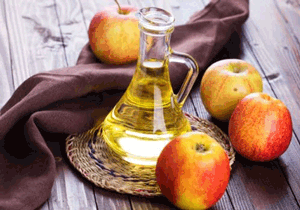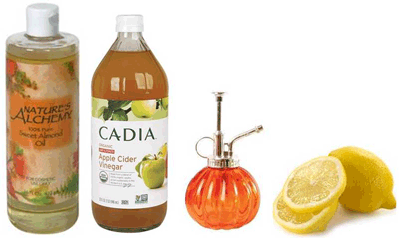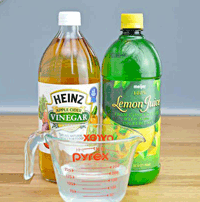The legend of fleas precedes them; small tiny insects with an irritating bite. But do they only feed off biting humans and animals, “What do fleas eat?”. What keeps them going? This article would shed more light on what fleas eat.

Eating is an important chore for any organism, and life depends on food. But how do fleas eat? Fleas are resilient parasites and can quickly multiply. Getting a better understanding of your enemy is an advantage in dealing with a flea infestation.
Fleas at different levels of development feed on different things. Considering that fleas do not have wings and thrive as been great jumpers that are uniquely adapted to piercing skins and sucking blood, the name is fitting.
Fleas exist as a diverse number of species, but they all share some things in common. The adults are bloodsucking parasites that feed off warm-blooded hosts, such as humans, dogs, cats, and birds. Fleas have a reputation for never giving up; it is what makes them so successful. Their flat bodies covered in fine hair enables them to stick to the fur or feathers of their host. Adult fleas eat blood.
Fleas do not start their lives as bloodsuckers. Fleas pass through four developmental stages; egg, larvae, pupae, and adult. Young fleas called flea larvae feed on adult fleas’ feces, organic waste such as shed skin cells from a host, and con specific eggs (It looks like a lesser evil, but when you think of it, your blood or pets’ blood is still needed). Larvae go through several molting, and each molt leaves a larger larva. The larvae eventually form a cocoon from which an adult flea emerges.
How do flea larvae eat?
While adult fleas have well-developed mouths for piercing skin and sucking blood, Larvae lacks mouth. Instead, flea larvae possess powerful mandibles and mandibular teeth that are adapted for biting and munching. This allows larvae flea also to chew solid food sources.
Some flea larvae are scavengers and stay in hidden places, not on hosts. They scrape for food in their habitats. Usually, their movement is strongly influenced by food availability. These scavengers must feed within 3 days to avoid starving.
How do adult fleas feed?
Adult fleas have a well-developed mouth that consists of several parts. These parts combine to allow it to feed. The flea’s mouth has a laciniae that allows it to slice through the host’s skin. An pharynx, a needle-like organ surrounded by sharp laciniae, combines to form a sty let. The pharynx enters the skin of the host serving as the feeding tube for the adult flea.
Sucking blood from the host animal is an art the adult flea has mastered. It possesses special pumps inside its mouths and guts. These pumps serve as suction devices enabling the fleas to suck blood into the pharynx from the host.
So, is it just any blood adult fleas feed on?
Well, there are about 2,000 named species of fleas. Not all of them feed on humans, cats or dogs blood, only a few do. Some fleas feed strictly on one particular host. For instance, rabbit flea only feeds on rabbit blood.
Fleas are survivors; most of them would quickly jump on a host to survive. For example, fleas that feed on rodents would gladly attack humans if no rodent host is insight. The ability to feed on multiple hosts makes fleas a disease-carrying candidate. For instance, during the Middle Ages, fleas were responsible for the rapid spread of the bubonic plague.
Are fleas always feeding?
Adult fleas need food almost consistently; they can’t do without their hosts. Female fleas require blood to lay eggs and continue the flea line. Without blood, a female flea cannot reproduce. Female fleas can consume approximately 15 times their body weight in blood every day. Fleas larvae need to always have organic debris around them; if not, they won’t develop.
What do fleas eat; blood in all its forms. Once you cut their blood supply, you reduce their survival time.

